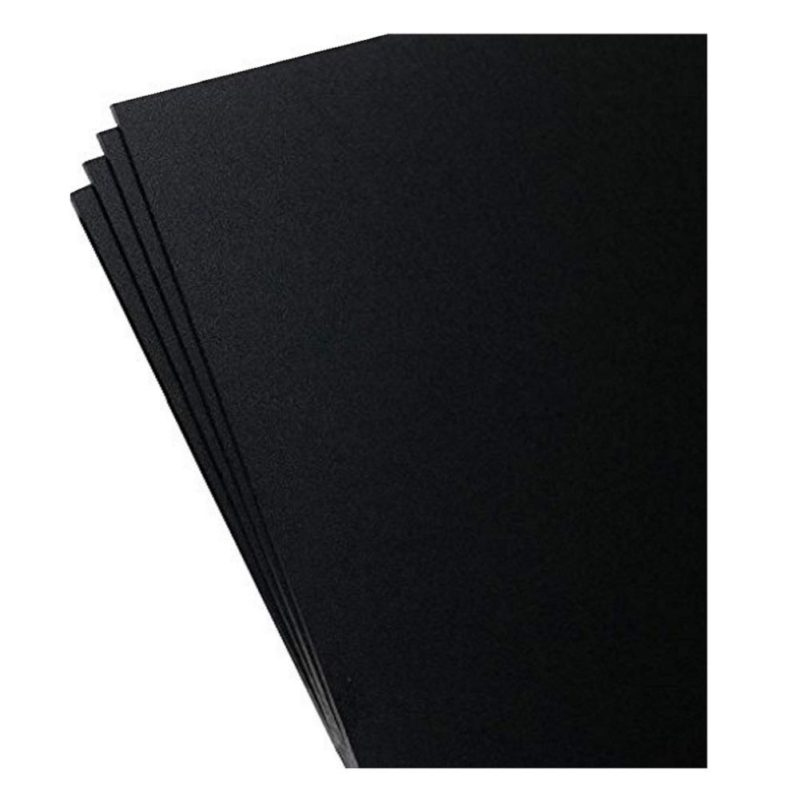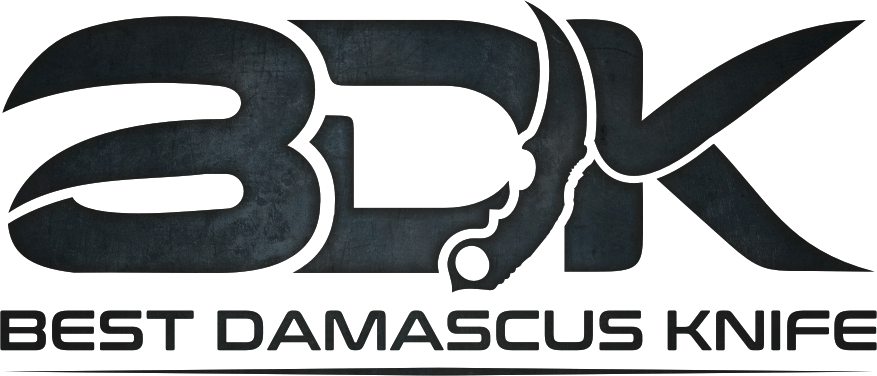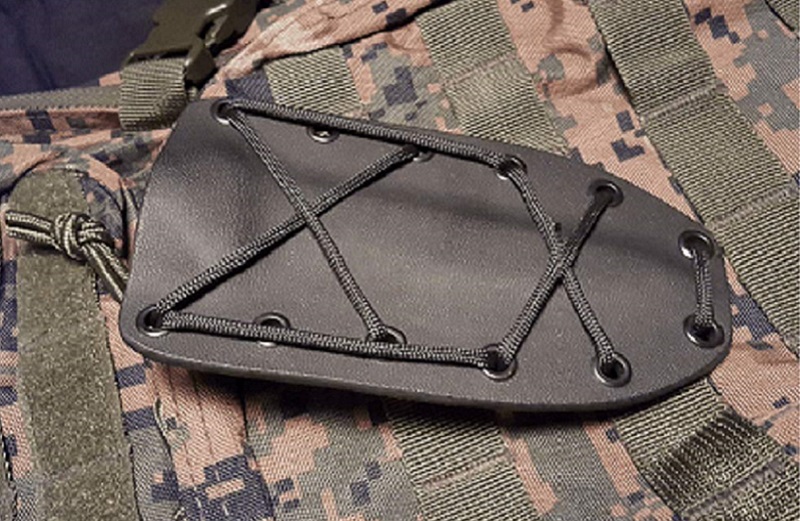Are You Wondering What is Kydex? We at BestDamascusKnife Will give you the guide. The Kydex is an element that has remained with us since the mid-’60s, basically designed for performance in aircraft halls. It has been accommodated to several other industries and products, from automobile body parts, protection helmets, and insulations to trays and telescope frames. Of interest to the firearm, the community is the evolution of Kydex as an element for knife sheaths and holsters.
The Kydex was primarily applied as a holster element in 1972 by an ambitious young FBI agent named Bill Rogers. He was exhausted from the stretching, sagging, and deformation of the leather holster from performance and built his personal from the different material. His performance caught on with the foundation of the Chicago Bureau, and the demand spread very swiftly that Rogers took a three-year vacation from the Bureau to make holsters.
It got added two decades for synthetic elements to become a mainstream option to traditional leather. In that time, two other ways of producing rigid synthetic holsters emerged: molded Kydex and injection molding.
What is Kydex? A Brief History Of Kydex

What is Kydex A Brief History Of Kydex
It is developed in 1965 by Rohm and Haas, the Kydex is a thermoplastic acrylic-polyvinyl chloride which production provides plastic rigidity while further enabling it to be made into multiple shapes. It is engineered for thermoforming invention, it connects the features of the acrylic and the polyvinyl chloride elements.
A moderately tough thermoplastic, the Kydex has a hardness of 90 (!) on the Rockwell R scale (gun containers are typically 26 to 40 Rockwell). This hardness joined with a grained surface, enhances its abrasion resistance.
All of that suggests it is a lightweight, strong polymer that is simply created when heated. It can be vacuum-formed to build a precise fit and can produce a thinner form than injection-molded counterparts.
Additionally, Kydex holsters serve to give stability, strength, and overall more reliable retention than its injection-molded match.
Injection-Molded Options
It is worth in several forms since the mid-1800s, injection molding uses a combination of molten elements (most frequently a nylon polymer) inserted into a mold. This method presents itself to volume creation, lower construction costs, and flexibility. The tradeoff is the overall quality where an injection-molded holster can wear out quicker than a Kydex match and may not show the exact fit of the more costly option.
Notwithstanding the variations in production techniques, the finished product often works equivalent. Both sufficiently retain a handgun, though Kydex serves to implement model changes slightly better. Both hold their shape and are waterproof with the capability to simply wash dirt, sweat, and dirt away. Made holsters manage to be imperceptibly thicker, continuing to the overall “print” signature of a CCW rig.
It Is An Alternative to Leather
The leather holsters, similar wood grips, have lots of quality but possible downsides. They require a break-in period, hold moisture and sweat, consume oil, deform with the gun raised, and stretch and sag with time. The Kydex allows none of these liabilities, with the bonus of owning a more moderate resistance coefficient (that indicates a quicker draw time).
Worn Out Holster
The equivalent shooter, utilizing the equivalent gun, will be quicker on point and can utilize that time to create a more reliable shot. That is why every competition holster built today is synthetic. Except you are shooting in a Cowboy Action match (which is bundles of entertainment), you would not notice any leather holsters on the firing line.
Over time, a gun regularly drawn in and out of any holster will present symptoms of finish wear. The leather holsters lead to wear on a more extensive area of the gun, and the tannins in the leather are corrosive over time. A Kydex holster will use on the connection points where the gun “clicks” in. The holster wear on a gun is like a quite broken-in leather jacket or an ancient tarnished pair of jeans. It is immediate street cred, and can simply be earned after infinite repetitions of the draw stroke and riding thousands of miles on the hip. It is like wounds for guns–wear it with dignity. No holster will not ultimately wear on a gun. With that being said, KYDEX™ has a pretty smooth interior surface which is not as abrasive as dense plastic or leather. KYDEX™ holsters will protect the finish better than any other element option.
Will The Kydex break?
Typically, no. Though, if violated, it will break or drop its shape. If seriously stressed, it can develop cracks at pressure points–like if you move it over with your car.
Added automotive care is to never leave your Kydex holster on your dashboard or in other severe heat situations as it may lead to a “working” temperature and deform.
Quality producers typically use.08-inch KYDEX™ since it allows the most suitable balance of endurance and lightweight, all-day comfort.
If your holster, knife sheath, or mag pouch is implemented with screws or other hardware, be assured to use Loctite to every fastener to assure accurate retention.
Let us handle it, leather is cool. It even smells great. But for everyday practical use, it has viewed its time. As the more traditional “steel, wood and leather” periods make room for the more recent “polymer” periods, the bigotry against synthetics have mainly disappeared (but not undividedly). If your everyday carry service is designed to produce the best show, you will ultimately get your route to a Kydex holster maker.
Why Is KYDEX Very Popular For Knife Sheaths?
There are numerous purposes why KYDEX is extremely common.
It has the following benefits:
- It is Waterproof
- Scratch-resistant (Rockwell “R” hardness of 90)
- It holds its shape and will not change unless forced under
- certain conditions
- Low maintenance
- Able to easily wipe clean
Normally, as the knife is re-inserted inside the sheath, you will hear a ‘click’ sound that supports you to acknowledge your knife is reliably secured.
Some organizations are moving one step further than simply utilizing traditional KYDEX Sheaths. These enhanced sheaths will be created to be extra quiet with the least rattle, they will contain rub strips to decrease wear of the knife and its coating and contain weep holes for water waste with other things.
Are All KYDEX Sheaths The Same Quality?
It is much similar to any other building materials, there are several grades of thermoplastic. The KYDEX produces above 40 distinct lines of thermoplastic sheets, each with its features and cost point, from budget to award ranges and everything in between. See the KYDEX website for comprehensive details about each sheet variety.
Be conscious though, not all sheath you purchase that describes itself KYDEX is KYDEX. As you can imagine with any firm that creates such a world-known product, there are copycats. For example, there are no injection-molded holsters built with original KYDEX-brand plastic! That is because KYDEX is masterminded from real polymers; their extruded sheets do not hold blended stiffeners (such as glass). KYDEX remains more extended than more affordable plastic and it is considerably less likely to break your knife, no matter how various times you remove and replace it in the sheath.
To build a real KYDEX sheath, producers heat a sheet of plastic, mold it about a form, cut off the excess material, and polish the complete article. It is a slower, more labor-intensive method that needs much expertise and quality control. For example, the KYDEX has to be heated to a specific temperature and chilled properly.
Summary
A molded KYDEX sheath is a hand-crafted product. It is a variation that is shown in both production and cost. You get what you spend for not just in the quality of the element, the endurance of the product, and the significant time it is used to build but further in the knowledge that your knife is secure and safe in a sheath that is created to defend and serve.

